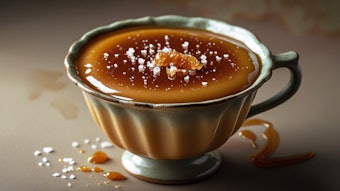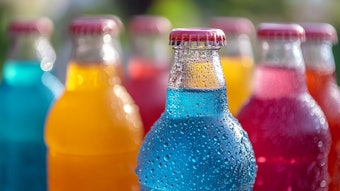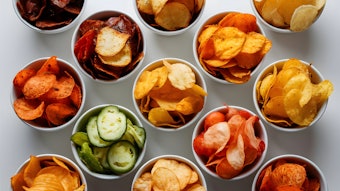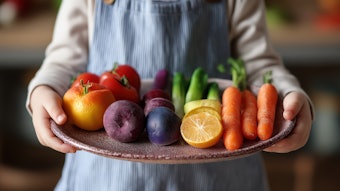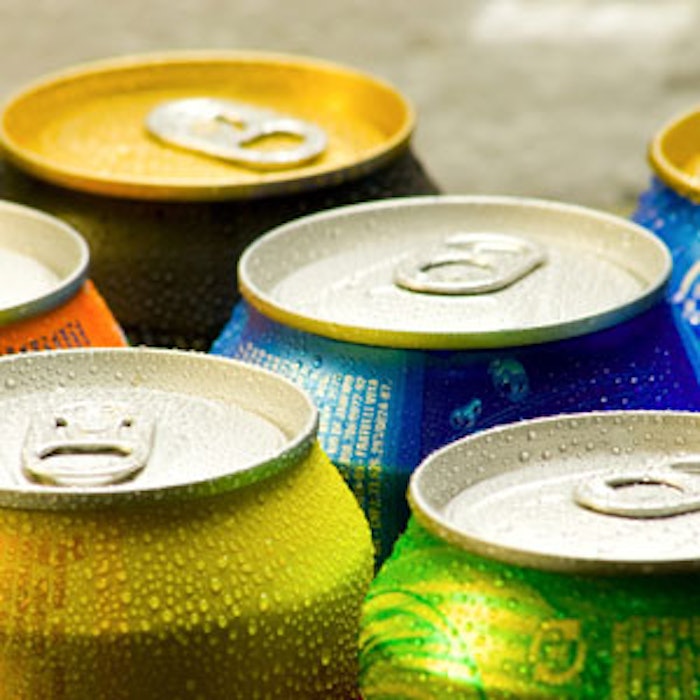
As consumers continue to prioritize health and wellness, food and beverage ingredients are evolving to fit their needs. According to a recent report from Canadean, 2016 food and beverage trends indicate a hybridization of convenience and health, including plant proteins, fat, drinkable meals and more.
Drink Up: Functional, Fizzy and Fat
- Bottled water is evolving into a multifunctional product with the inclusion of healthy fats, vitamins and non-GMO flavors. Healthy fats are designed to prolong satiety as well as reduce the risk of heart disease and high cholesterol. For example, FATWater functional water, contains medium-chain triglycerides derived from coconut oil, vitamin B and lightly sweetened with non-GMO xylitol and Stevia.
- Alcoholic beverages see a creative twist this year with the rise of hard sodas, like the fizzy, fruity "alcopops," which can contain up to 12% alcohol by volume (ABV).
- Smoothies and soups have created new avenues in drinkable foods. For example, peanut powder, a popular smoothie ingredient, is essentially pressed peanuts with a reduced fat and oil content. Soups are seeing a reformulation that contain fewer ingredients, such as sodium, to fit consumer's requests for healthier options.
Health 2.0: New Food Trends
- Genetically modified organisms (GMOs) have potential to move out of its controversial bubble with foods designed for an increased shelf-life.
- As an alternative to animal proteins, the consumption of plant proteins, like the savory seaweed and sea kelp, are supported by vegetarian athletes to improve athletic prowess. For example, kombu, an edible sea kelp, is packed with fiber and proteins to aid in muscle recovery and prolong satiety.
- Sour flavors are also predicted to grow in popularity with various foods and drinks including candy, beer and vegetables. For example, fermented and pickled foods, such as kimchi, add complexity to flavors while promoting a healthy digestive tract.
Source: Food Manufacture and FoodBev Media




